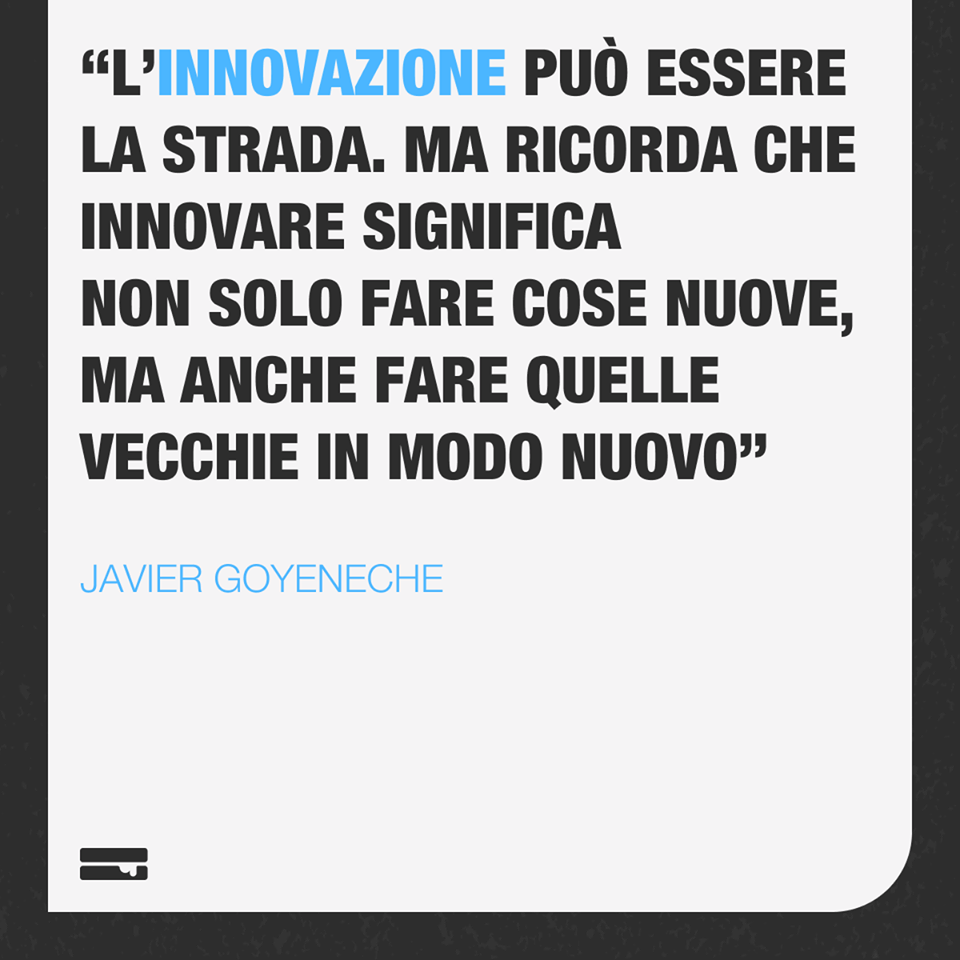Has your company really begun a Digital Transformation process?
We talked in the previous article about What Digital Transformation is (and what it is not). A little introduction to the topic was necessary, so that starting with this article, we can go into more depth and understand what the 3 components of digital transformation are.
But who is the term Digital Transformation creditable to and when did it originate?
Some sources on the web, claim with fair conviction, that the reference year is the end of 2011 and the attribution seems to go unequivocally to the consulting company CapGemini in collaboration with the MIT Center for Digital Business.
Let’s start with the definition that the researchers of the aforementioned organizations gave and that is still particularly interesting today:
” Digital transformation involves the use of technology to radically improve the performance or the reach of businesses.“
This definition is particularly interesting to understand how, as usual, in Italy and in most of Europe we haven’t understood a f*** thing!
Indeed, many companies have interpreted the digital transformation process over the years by equipping their employees with mobile devices or simply creating cloud infrastructures to store their files.
It would consequently be very easy for me to say that this is not digital transformation, but let’s try to be concrete. How do we know if we have actually started a digital transformation process and if we are going in the right direction?
The 3 Components of Digital Transformation
There are three measures and indicators of digital transformation in the recent literature that are commonly referred to as the 3 components of digital transformation:
- The processes
- The operations
- The relation with the customers
Transformation of the processes
Let’s start with the first point. I always have questions when I visit companies where employees still rely on paper, pen and file cabinets. Or in other companies, within which people communicate via email and cell phones.
A successful digital transformation means implementing entirely new technology and processes. Sending a purchase order via email is not a new process; it’s simply a more modern way of doing something you’ve always done. Automating the submission of a purchase order, on the other hand, is.
It is because it saves time. Because you’ll be able to allocate your employees to other tasks. Because it will improve your business efficiency and customer satisfaction.
Transformation of operations
Let’s move on to the second point, those operations. I once approached a company that had a single supplier, not out of convenience but out of laziness. They called me and told me that the supplier was in trouble and had found themselves unprovided for, having no other business relationship.
What if they had had someone advise them early on that that business strategy was dangerous? What if they had implemented a system that automatically allowed them to track suppliers by individual product? What if they had automatically linked to their pricing list?
First of all, the entrepreneur would not be in trouble, having to resort to a new business contact on which there is no history.
He/she also wouldn’t have wasted time manually searching for other vendors, and let’s always remember: time is money.
Finally, it would have obtained higher margins from automated purchasing from the most convenient supplier at the time.
No more phone calls, wasted time or allocated resources. Automation of processes, certainty of agreements and independence of positioning.
Transformation of user experience
Let’s try to admit that in the first two points, with a dash of courage and a bit of luck in choosing the right consulting agency, it’s relatively easy to notice the impact of a digital transformation on your processes and operations.
It gets more complicated when it comes to customer experience and satisfaction.
However, digital transformations have a enormously significant impact on how customers interact with your business and how they perceive those interactions.
For example, have you ever wondered why you buy from Amazon? If you’re answering for the prices, you’re wrong. Amazon has prices today that are on average higher than the average competitor. You buy from Amazon because of the customer satisfaction, especially post-sale, that you have accumulated in the most negative experiences.
What happens, for example, when one of your customers doesn’t receive an order or wants to return it? If you have an automated system, in a few minutes the request will be completed and in a few seconds the final response will be packaged.
If you don’t have it, one of your employees will have to manually respond to the email and after hours will still not have solved the problem definitively, because they will have to wait and sort for example the tracking code.
The advantages of digital transformation for your business
Summarily analyzing the 3 components of Digital Transformation, we can say that embarking on a digital transformation journey offers 4 benefits:
- It increases the accuracy
- It improves the speed
- It reduces costs
- It makes your business more efficient
But if that’s the case, you can’t ignore talking about and making measurable RoI (return on investment. This is a step we’ll explore in one of the next articles. Because perhaps it is a representative indicator of how to apply digital transformation and how NOT to apply it.
Aloha!




